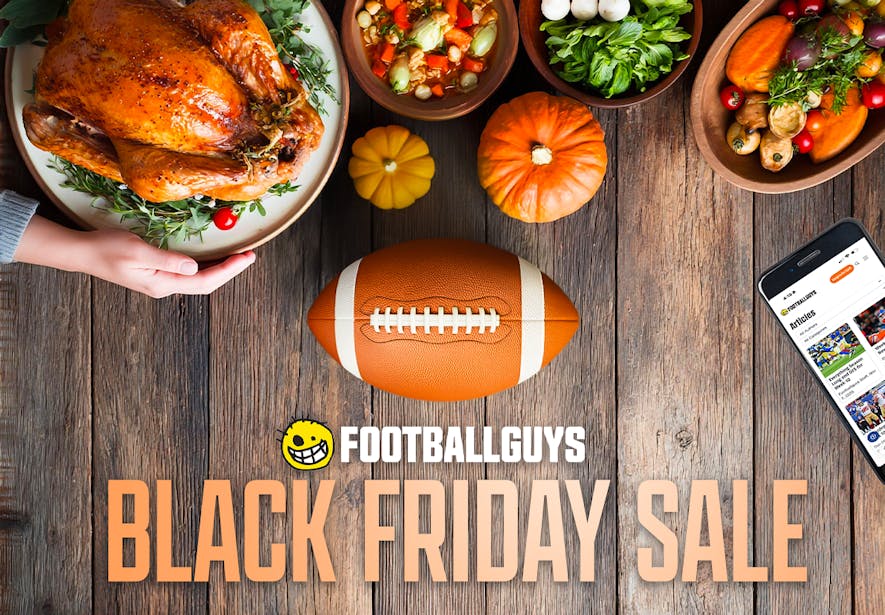There's a lot of really strong dynasty analysis out there, especially when compared to five or ten years ago. But most of it is so dang practical-- Player X is undervalued, Player Y's workload is troubling, the market at this position is irrational, take this specific action to win your league. Dynasty, in Theory is meant as a corrective, offering insights and takeaways into the strategic and structural nature of the game that might not lead to an immediate benefit but which should help us become better players over time. (Additionally, it serves as a vehicle for me to make jokes like "theoretically, this column will help you out".)
The Rise and Fall of Draft Picks
Anyone who has been in dynasty leagues for a while has probably observed certain fluctuations in the price of rookie draft picks throughout the season. These fluctuations are sinusoidal. They are also predictable and reliable. We are now reaching the point of the year where future pick values are hitting their nadir (at least as far as late firsts are concerned), and if this column was devoted to giving you actionable advice, I would probably be suggesting you run to buy some right about now.
Instead, I want to look at some theories about why these fluctuations happen in the first place.
From an individual standpoint, it makes perfect sense that the amount of value I place on individual draft picks will change over time. If I open the season 4-0, I will naturally place much less value on my own 2023 picks than I would if I opened 0-4 because the picks I am in line for will be intrinsically less valuable.
From a league-wide standpoint, these individual changes shouldn’t impact the total market. Wins and losses are a zero-sum game, so if I get 4 wins, that means others in my league have accrued 4 matching losses. As my expectations for my draft picks fall, their expectations for their picks should rise commensurately.
And yet we know that the market for picks rises and falls all the same. Why is this the case?
Continue reading this content with a ELITE subscription.
An ELITE subscription is required to access content for Dynasty leagues. If this league is not a Dynasty league, you can edit your leagues here.

